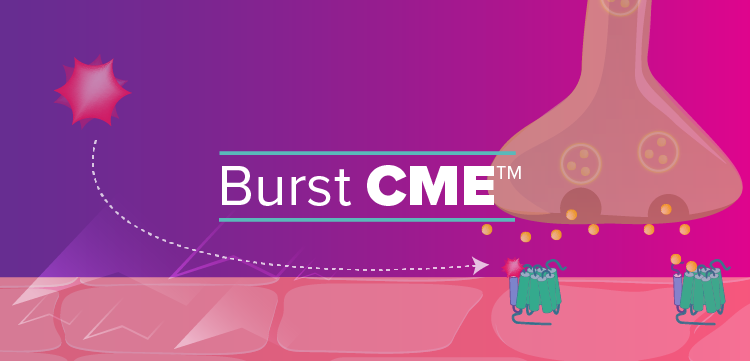High-dose oxytocin shortens labor and reduces cesarean deliveries
Giving high-dose oxytocin to augment labor decreases cesarean deliveries and shortens labor without increasing morbidity in mothers or newborns, a systematic review concludes.
Giving high-dose oxytocin to augment labor decreases cesarean deliveries and shortens labor without increasing morbidity in mothers or newborns, a systematic review concludes.
Examination of 10 randomized clinical trials that enrolled 5,423 women revealed that administering high-dose oxytocin (≥4 mU/min) during labor was associated with a moderate decrease in the risk of cesarean delivery (relative risk [RR], 0.85; 95% Confidence Interval [CI], 0.75-0.97), a small but statistically significant increase in spontaneous vaginal delivery (RR, 1.07; 95% CI, 1.02-1.12), and a decrease in duration of labor (mean difference, −1.54 hours).
Although high-dose oxytocin increased the risk of uterine stimulation, “there was no evidence of an increase in adverse maternal or neonatal outcomes with this approach to care,” the authors write. They also note: “we were unable to demonstrate a reduction in maternal or neonatal morbidity associated with this reduction in cesarean section.”
The researchers point to “potential significant cost savings” from shortening of labor, but note that none of the trials included estimates of cost savings from lower rates of cesarean delivery. “Further large, simple, double-blind trials are needed to determine the safety, effectiveness, acceptability, and cost implications of this approach in obstetric care,” they write.
Limitations of the study included lack of standardized decision criteria for cesarean delivery in most trials, lack of blinding in most of the trials, limited data on compliance to the respective protocols, and no documentation of women’s views of the treatment.
The study was published in the American Journal of Obstetrics and Gynecology (2010;203[4]:296-304).
Newsletter
Get the latest clinical updates, case studies, and expert commentary in obstetric and gynecologic care. Sign up now to stay informed.
















